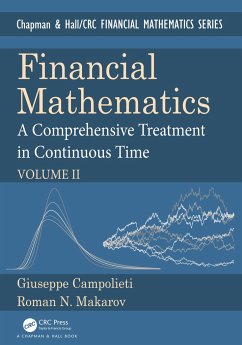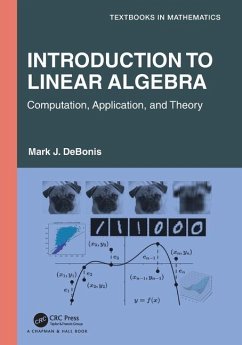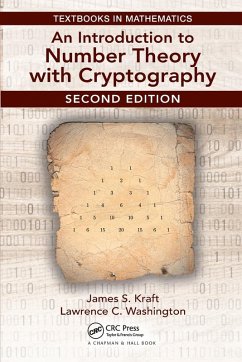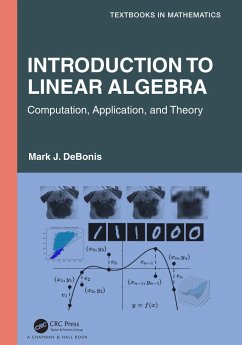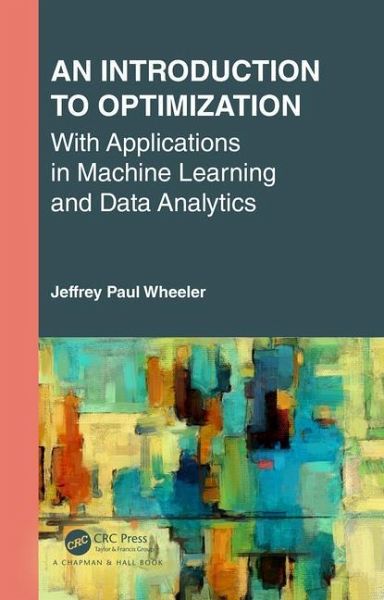
An Introduction to Optimization with Applications in Machine Learning and Data Analytics
Versandkostenfrei!
Versandfertig in 6-10 Tagen
98,99 €
inkl. MwSt.
Weitere Ausgaben:

PAYBACK Punkte
49 °P sammeln!
The primary goal of this text is a practical one. Equipping students with enough knowledge and creating an independent research platform, the author strives to prepare students for professional careers. Providing students with a marketable skill set requires topics from many areas of optimization. The initial goal of this text is to develop a marketable skill set for mathematics majors as well as for students of engineering, computer science, economics, statistics, and business. Optimization reaches into many different fields.This text provides a balance where one is needed. Mathematics optimi...
The primary goal of this text is a practical one. Equipping students with enough knowledge and creating an independent research platform, the author strives to prepare students for professional careers. Providing students with a marketable skill set requires topics from many areas of optimization. The initial goal of this text is to develop a marketable skill set for mathematics majors as well as for students of engineering, computer science, economics, statistics, and business. Optimization reaches into many different fields.
This text provides a balance where one is needed. Mathematics optimization books are often too heavy on theory without enough applications; texts aimed at business students are often strong on applications, but weak on math. The book represents an attempt at overcoming this imbalance for all students taking such a course.
The book contains many practical applications but also explains the mathematics behind the techniques, including stating definitions and proving theorems. Optimization techniques are at the heart of the first spam filters, are used in self-driving cars, play a great role in machine learning, and can be used in such places as determining a batting order in a Major League Baseball game. Additionally, optimization has seemingly limitless other applications in business and industry. In short, knowledge of this subject offers an individual both a very marketable skill set for a wealth of jobs as well as useful tools for research in many academic disciplines.
Many of the problems rely on using a computer. Microsoft's Excel is most often used, as this is common in business, but Python and other languages are considered. The consideration of other programming languages permits experienced mathematics and engineering students to use MATLAB® or Mathematica, and the computer science students to write their own programs in Java or Python.
This text provides a balance where one is needed. Mathematics optimization books are often too heavy on theory without enough applications; texts aimed at business students are often strong on applications, but weak on math. The book represents an attempt at overcoming this imbalance for all students taking such a course.
The book contains many practical applications but also explains the mathematics behind the techniques, including stating definitions and proving theorems. Optimization techniques are at the heart of the first spam filters, are used in self-driving cars, play a great role in machine learning, and can be used in such places as determining a batting order in a Major League Baseball game. Additionally, optimization has seemingly limitless other applications in business and industry. In short, knowledge of this subject offers an individual both a very marketable skill set for a wealth of jobs as well as useful tools for research in many academic disciplines.
Many of the problems rely on using a computer. Microsoft's Excel is most often used, as this is common in business, but Python and other languages are considered. The consideration of other programming languages permits experienced mathematics and engineering students to use MATLAB® or Mathematica, and the computer science students to write their own programs in Java or Python.








